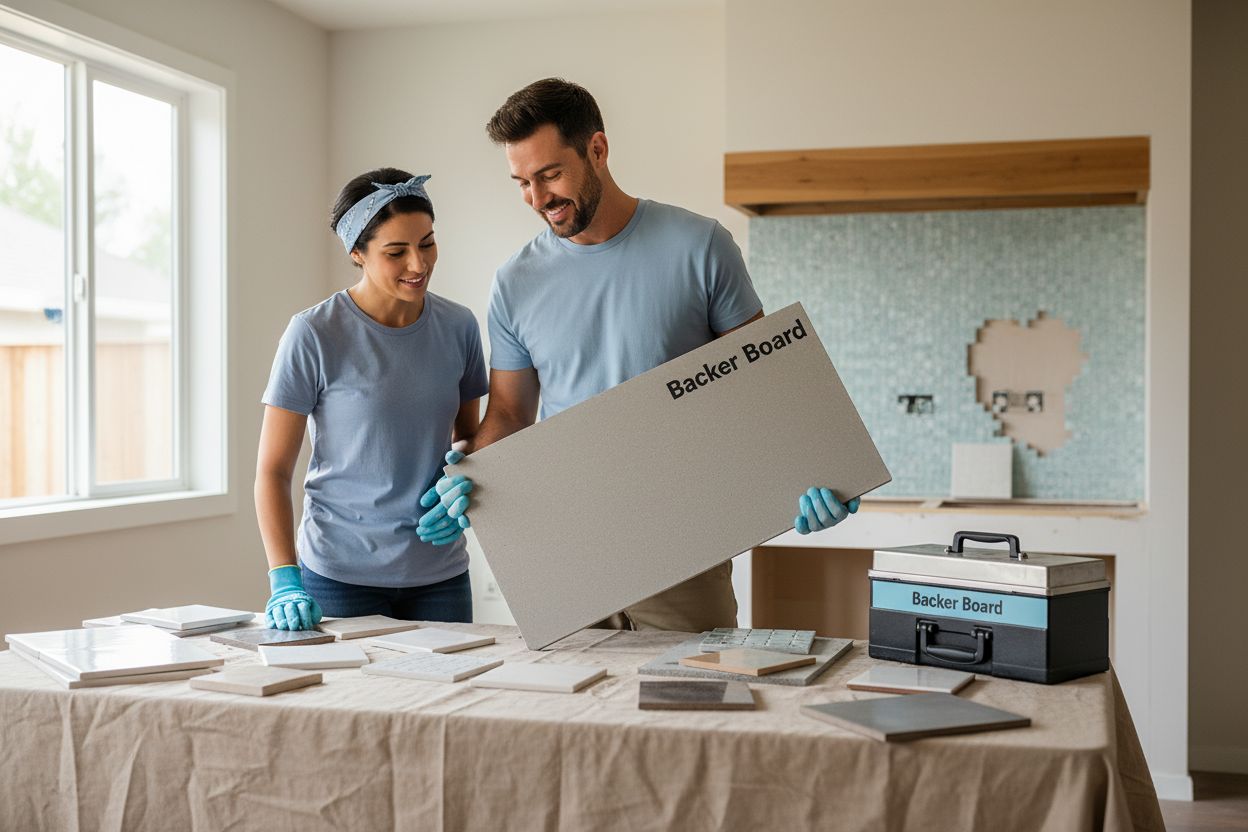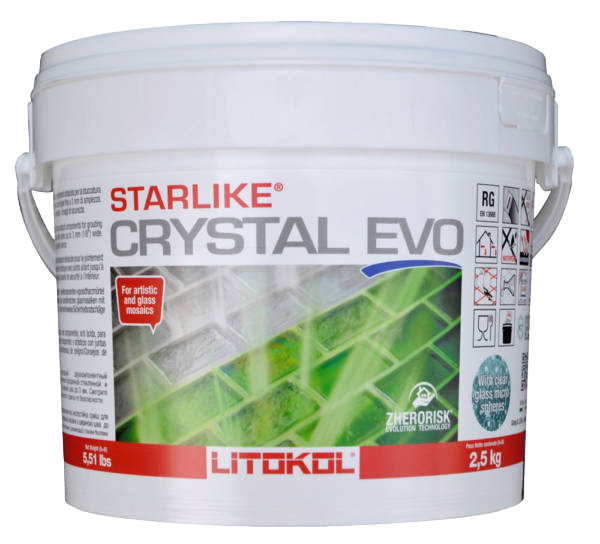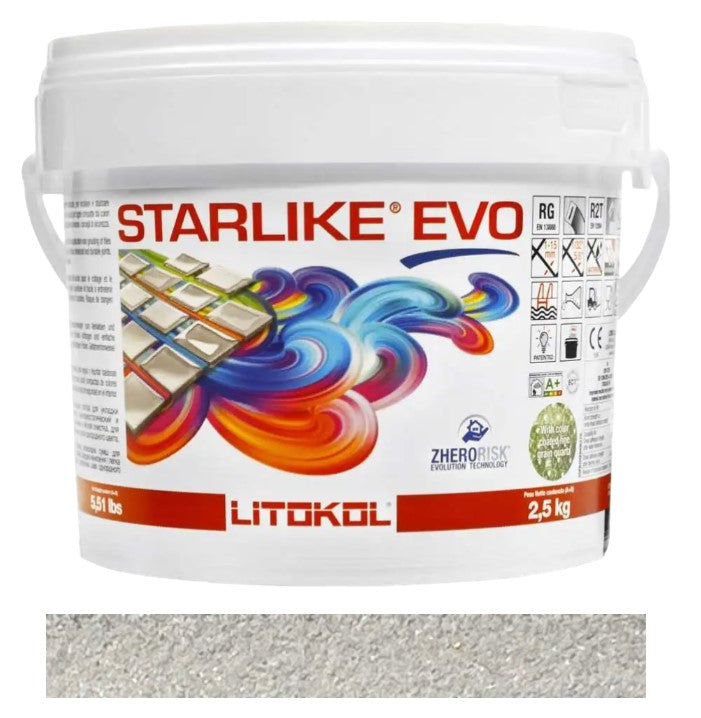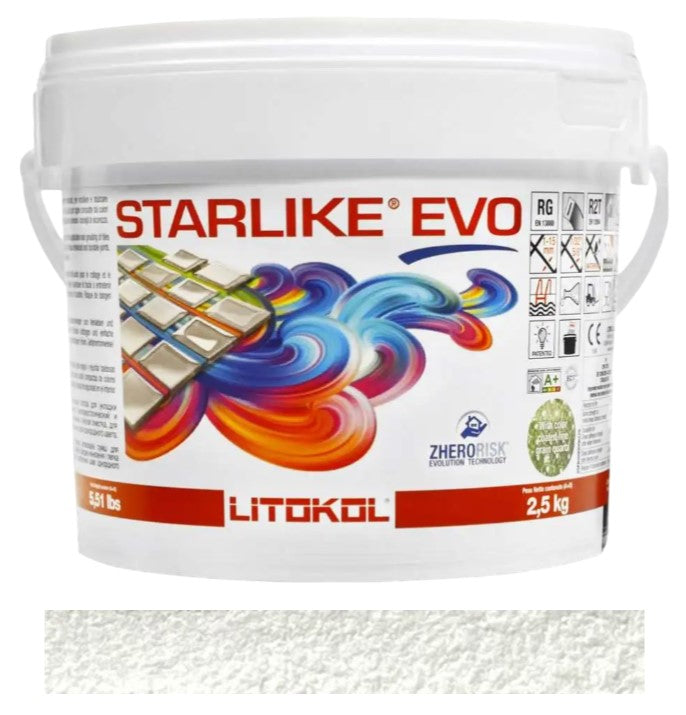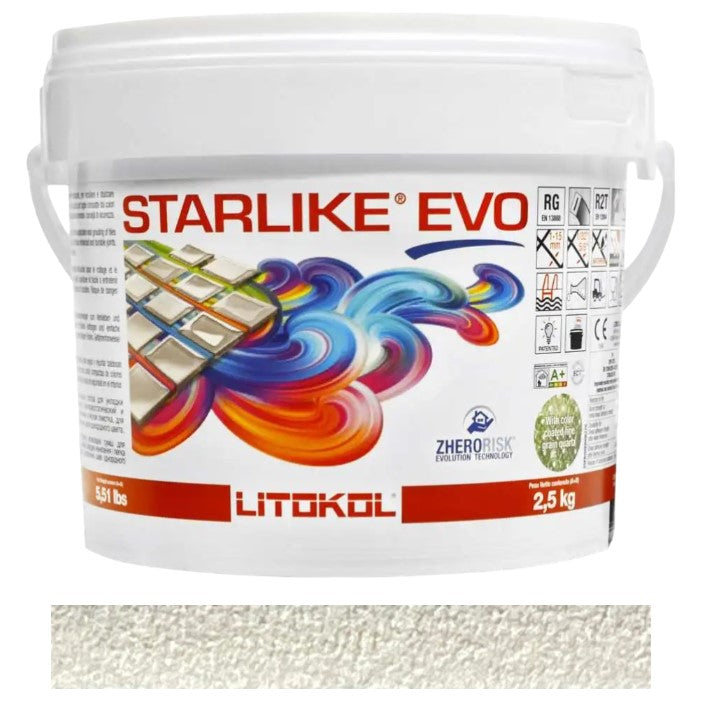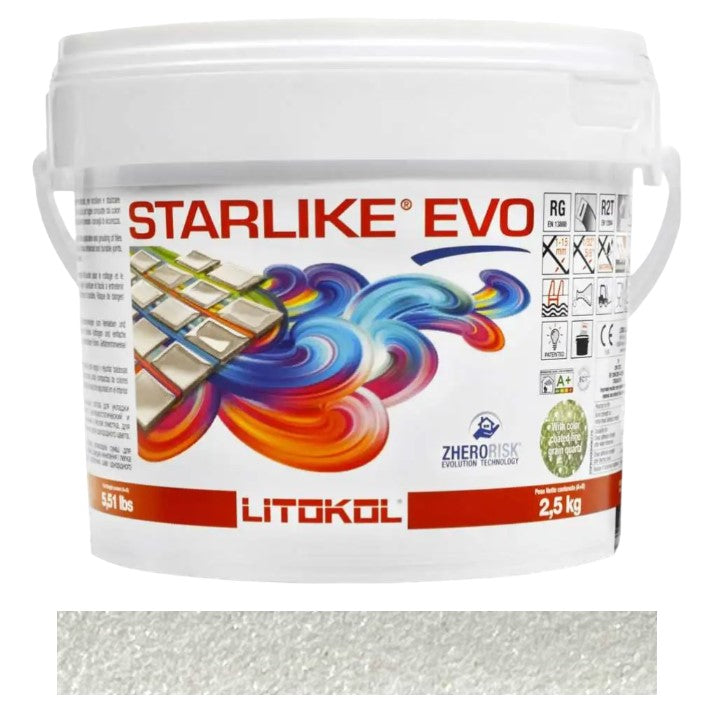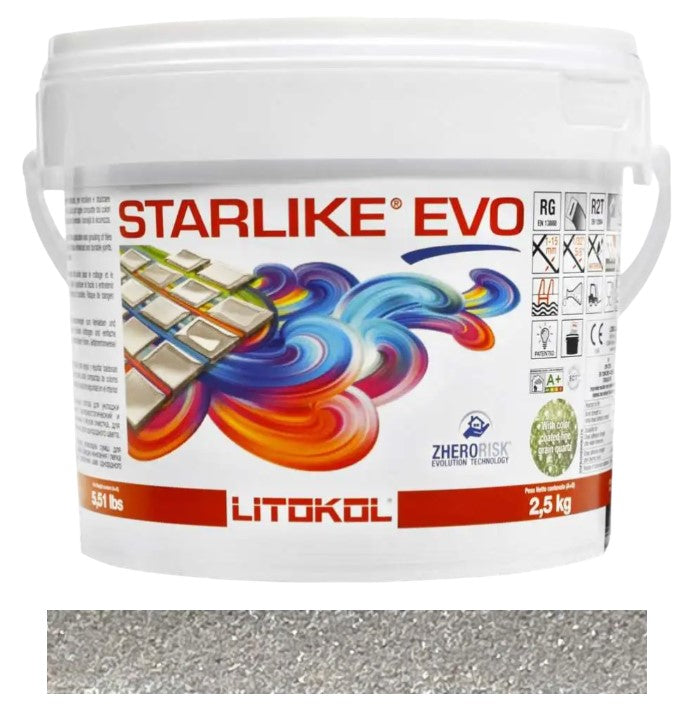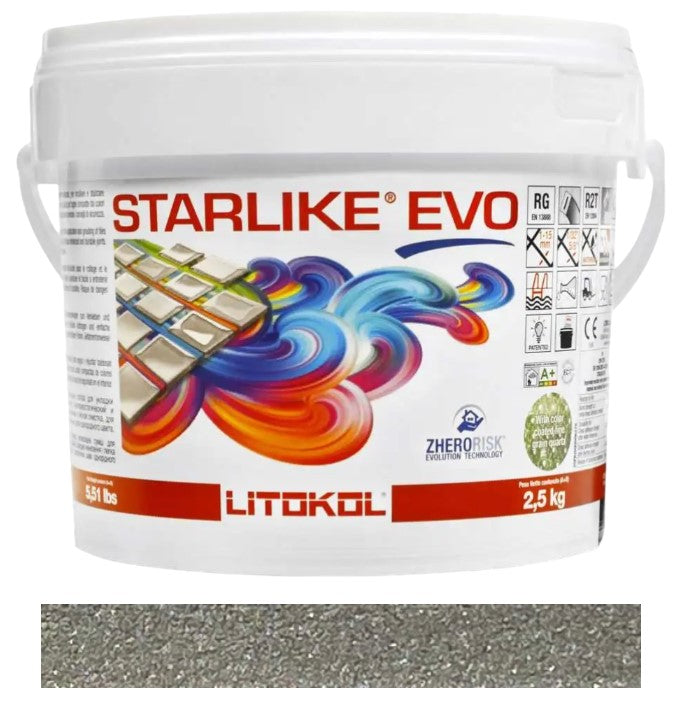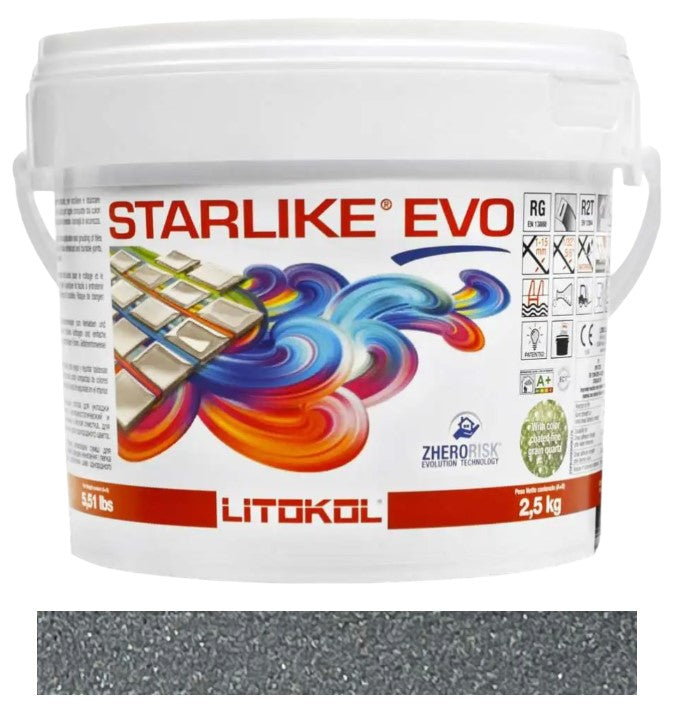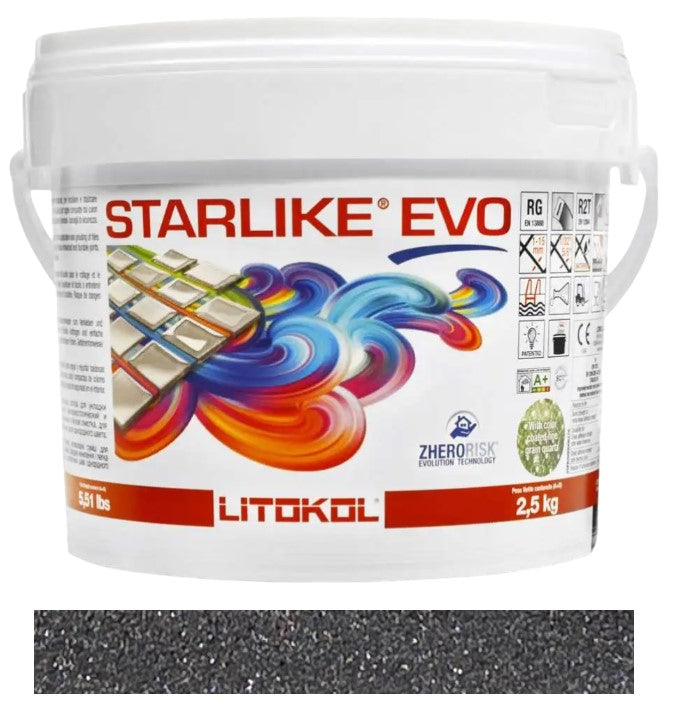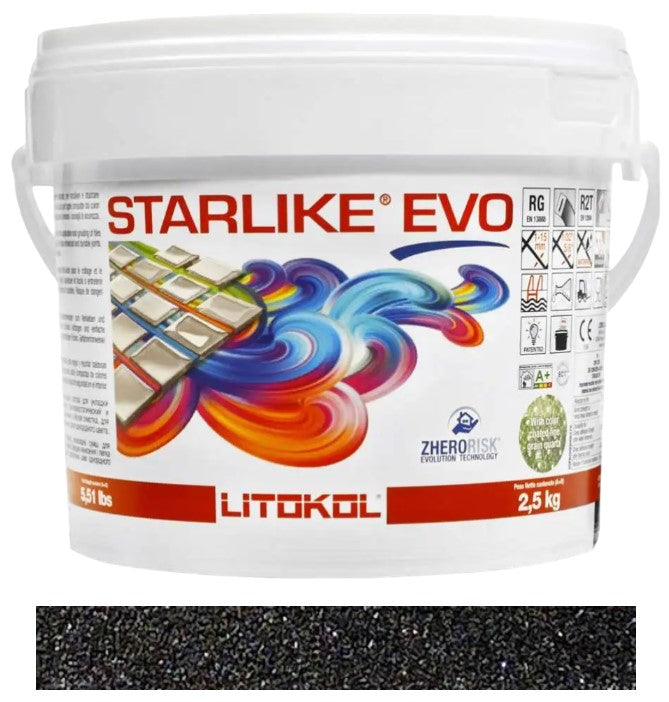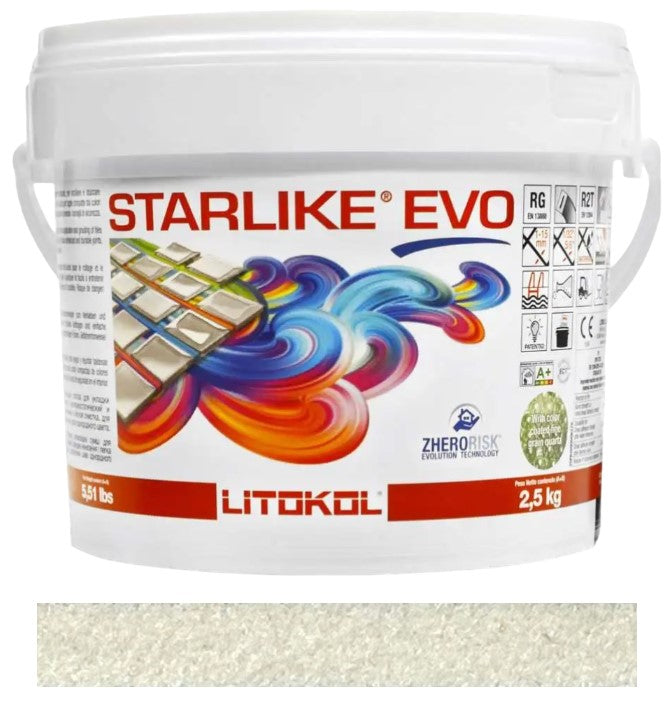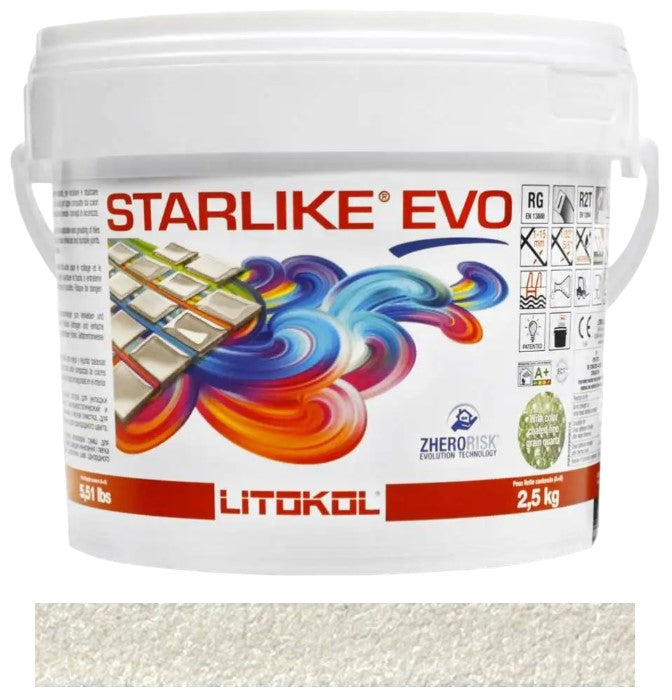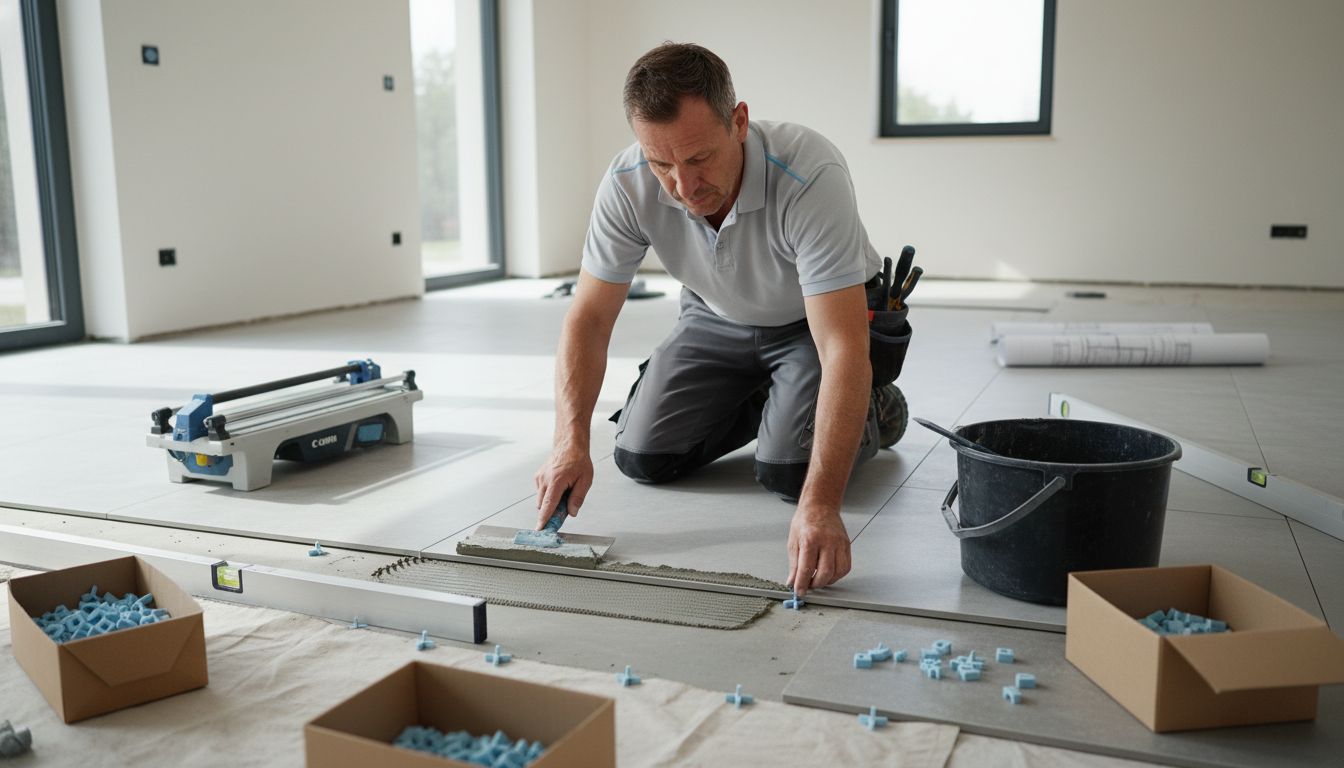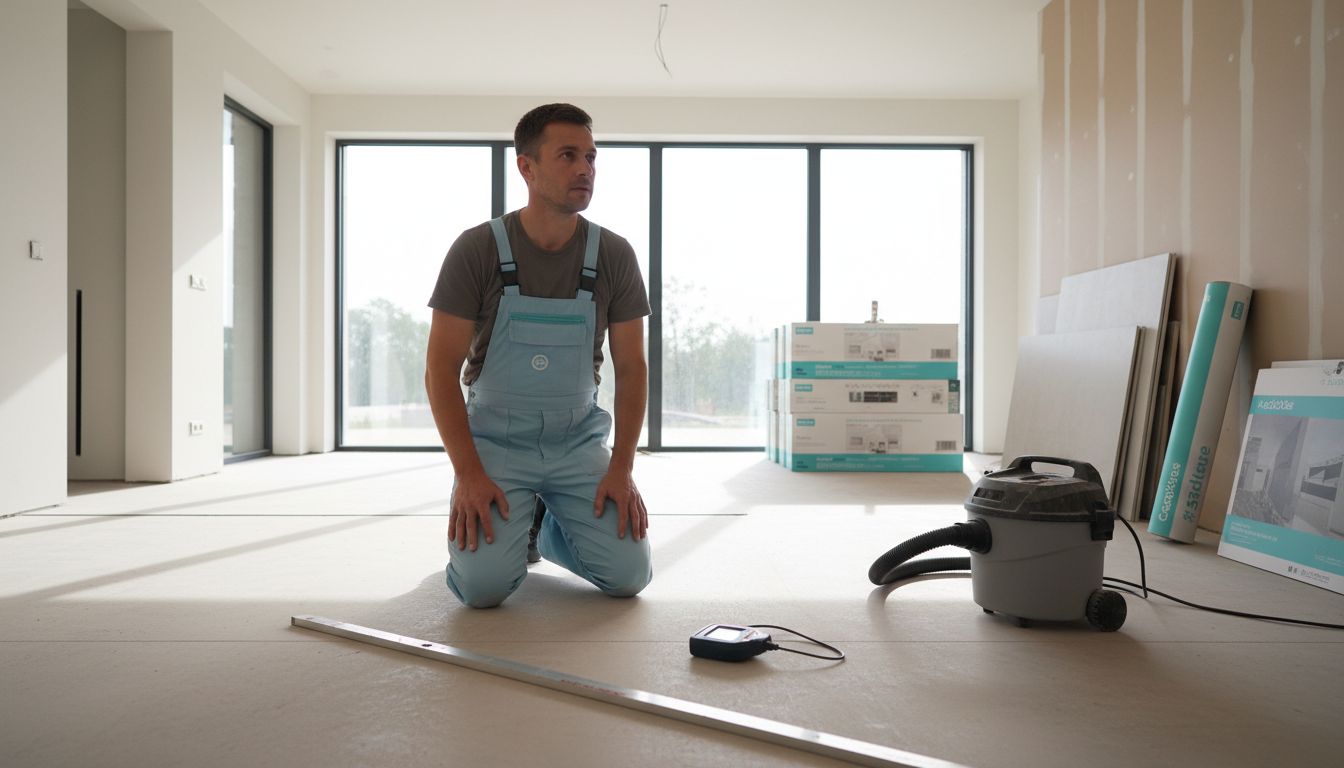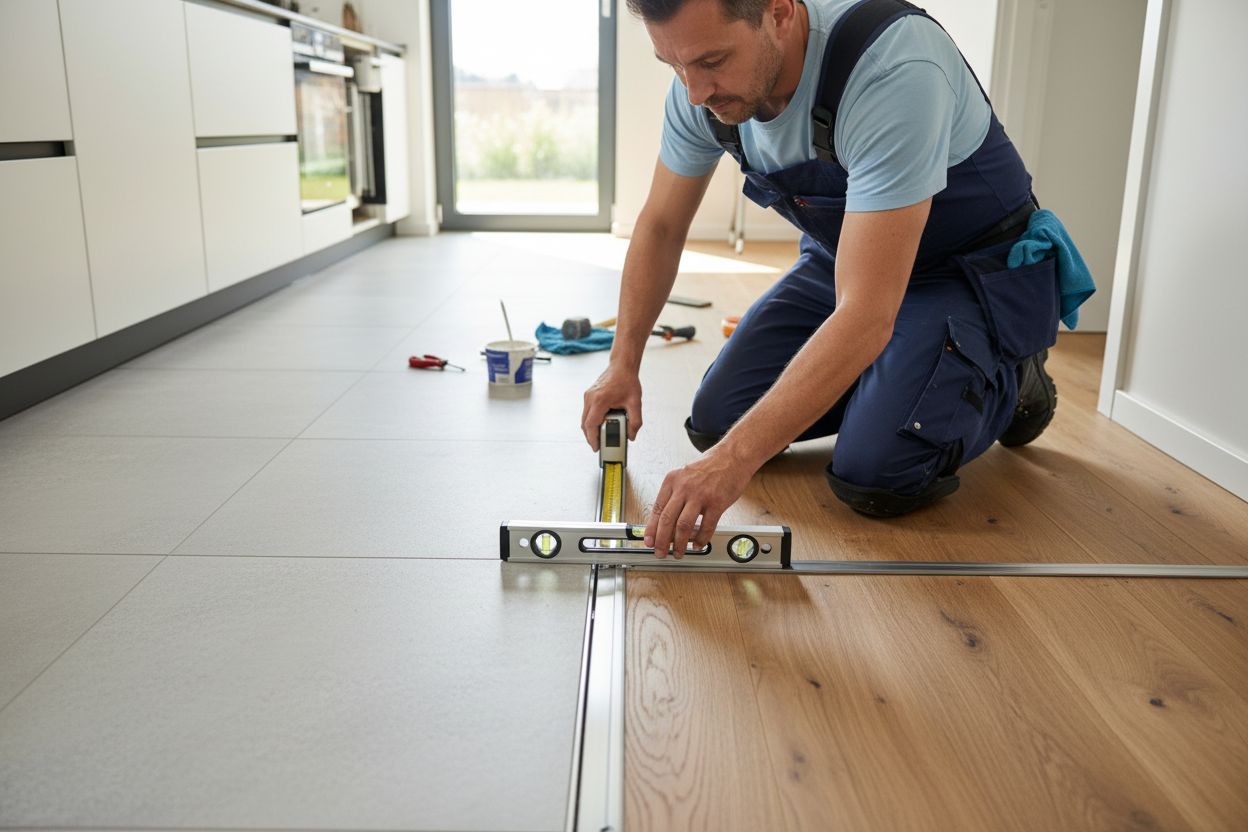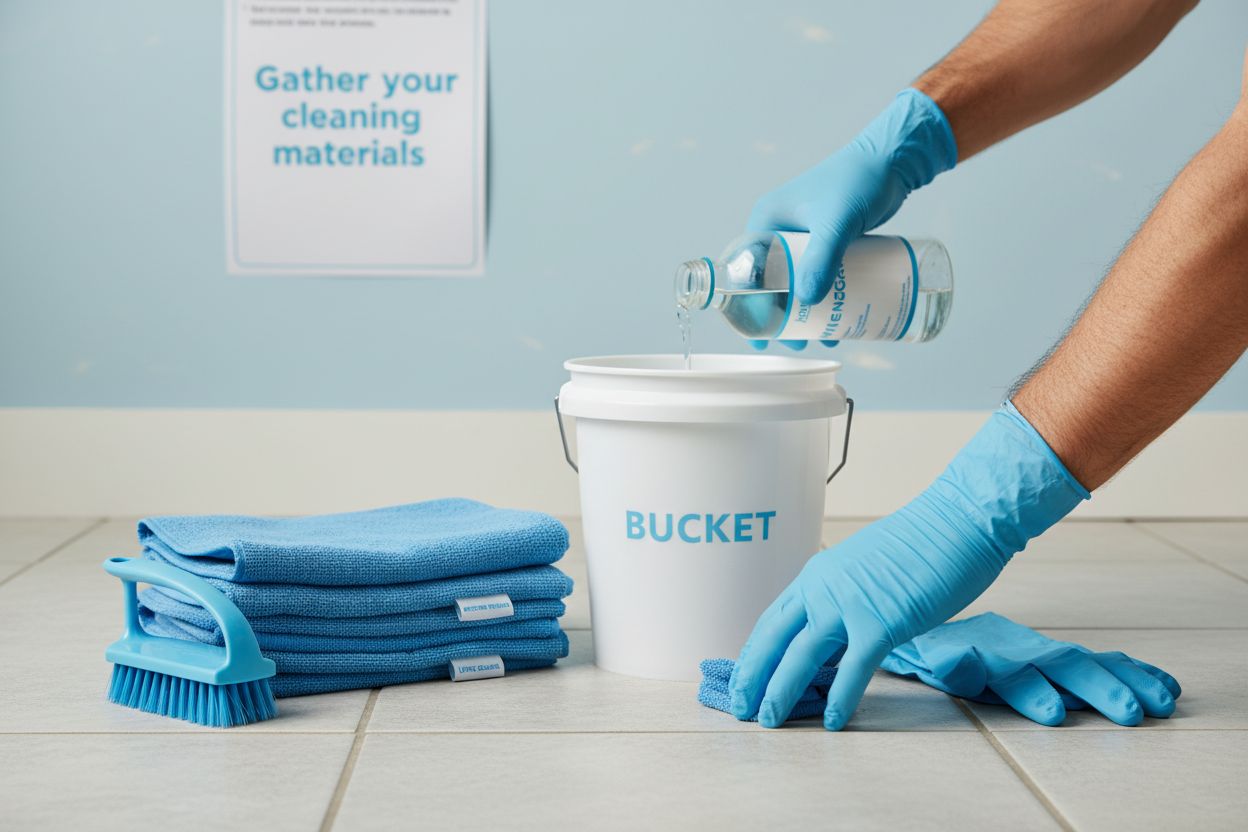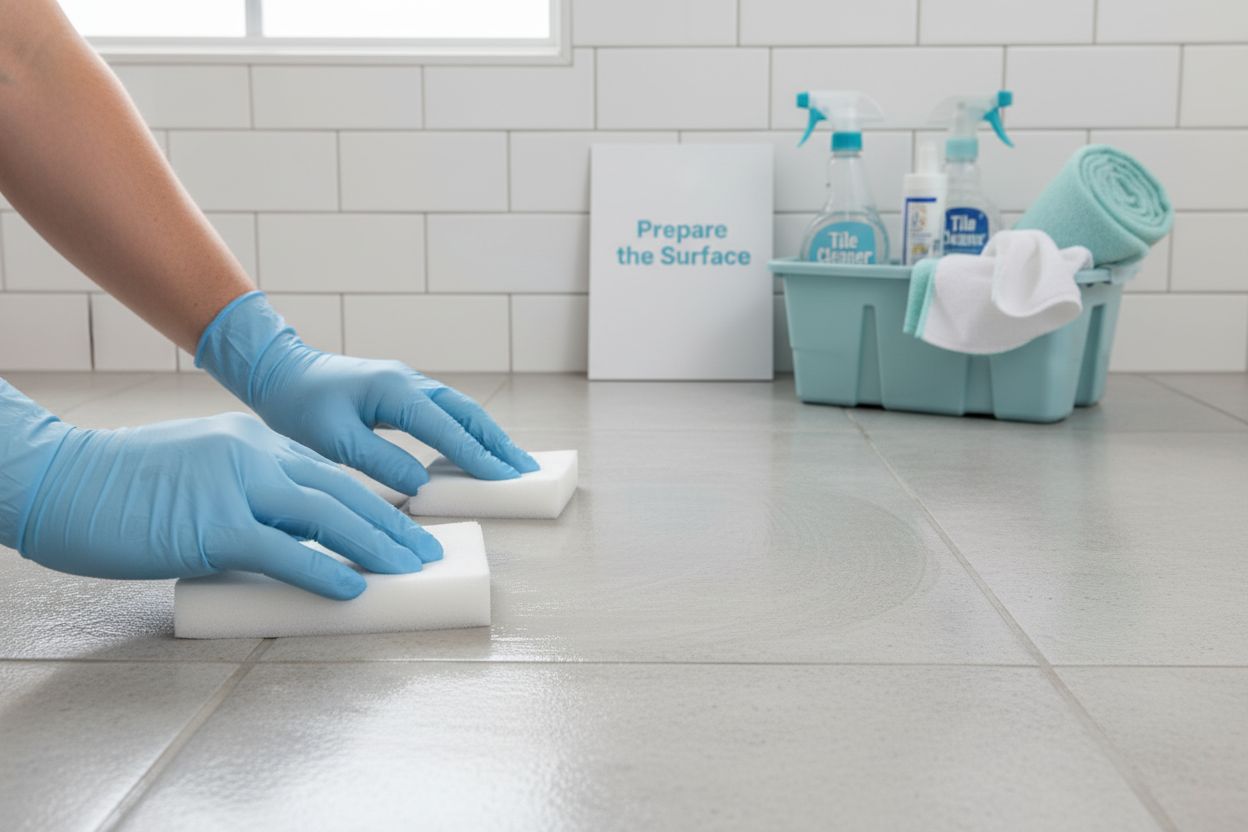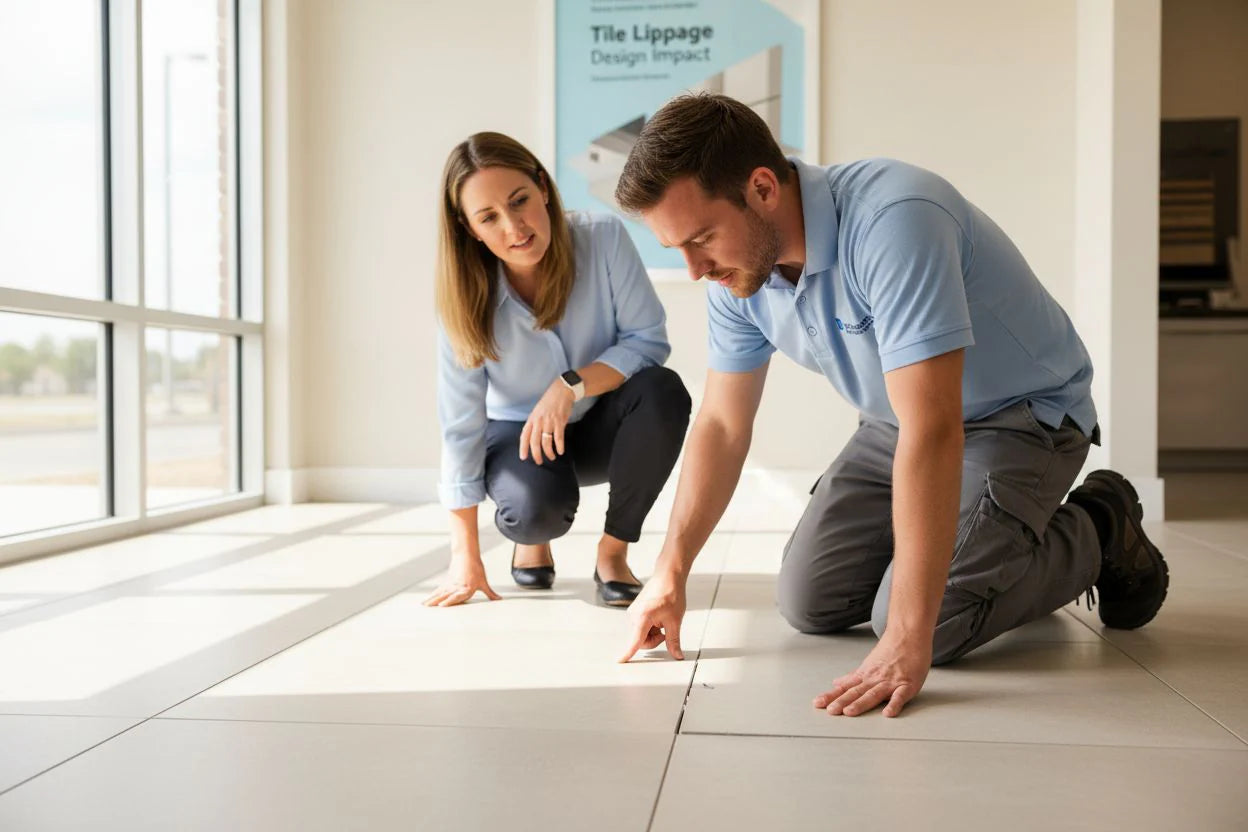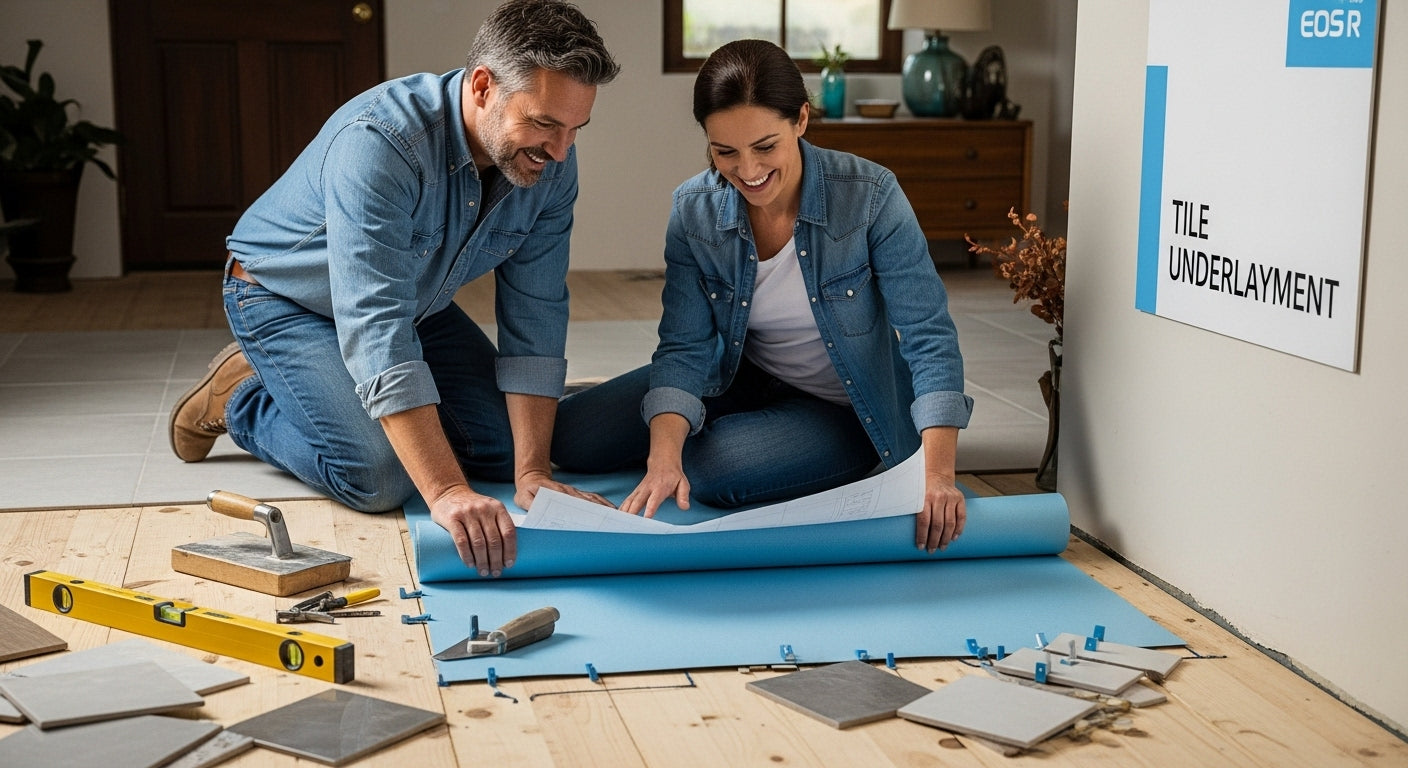Tile projects look simple at first glance but the real strength lies in the layer you never see. Using the right backer board can extend your tile’s lifespan by 10 to 15 years. Most people focus on the tile itself but the secret to crack-free, water-resistant surfaces starts underneath, where choosing the right backer board can make all the difference.
Table of Contents
- What Is Backer Board For Tile And Its Types?
- The Importance Of Backer Board In Tile Installation
- How Backer Board For Tile Enhances Durability And Longevity
- Key Considerations When Choosing Backer Board For Tile
- Real-World Applications And Best Practices For Backer Board
Quick Summary
| Takeaway | Explanation |
|---|---|
| Select appropriate backer board type | Choose between cement, foam, or fiber cement based on environmental and moisture needs. |
| Backer board prevents moisture damage | Provides a robust barrier against water, safeguarding underlying structures and ensuring tile longevity. |
| Proper installation enhances durability | Use precise measurements and waterproofing techniques to avoid future issues like tile displacement or moisture infiltration. |
| Evaluate load and exposure factors | Consider the expected weight of tiles and potential moisture levels to select suitable backer board materials. |
| Utilize corrosion-resistant fasteners | Ensure longevity by using appropriate fasteners designed for backer board applications to prevent rust and wear. |
What is Backer Board for Tile and Its Types?
Backer board represents a critical foundational element in tile installation projects, serving as a specialized substrate that provides stability, moisture resistance, and a smooth surface for tile placement. Learn more about tile installation techniques to complement your understanding of this essential material.
Understanding Backer Board Composition
Backer board is a rigid panel material specifically engineered to create an ideal mounting surface for ceramic, porcelain, and stone tiles. Unlike standard drywall or plywood, these panels are designed to withstand moisture, prevent warping, and provide exceptional structural integrity. Manufacturers typically construct backer boards using materials like cement, fiberglass mesh, and specialized aggregates that enhance their durability and water-resistant properties.
Primary Types of Backer Board
There are three primary types of backer board that professionals and DIY enthusiasts commonly utilize in tile projects:
-
Cement Board: The most traditional option, composed of cement, sand, and reinforcing fibers. Ideal for wet areas like bathrooms and shower enclosures.
-
Foam Backer Board: Lightweight and easy to cut, these boards provide excellent insulation and are perfect for walls and areas with minimal moisture exposure.
-
Fiber Cement Board: A hybrid material combining the strength of cement with the flexibility of fiberglass, offering superior moisture resistance and structural stability.
Each backer board type presents unique characteristics that make them suitable for different installation environments.
To help compare the most common types of backer boards, the following table outlines their composition, ideal use cases, and main advantages.
| Type | Composition | Ideal Use/Location | Main Advantage |
|---|---|---|---|
| Cement Board | Cement, sand, reinforcing fibers | Wet areas (bathrooms, showers) | Superior moisture resistance |
| Foam Backer Board | Extruded polystyrene or polyurethane | Walls, dry areas | Lightweight, easy to cut, insulation |
| Fiber Cement Board | Cement and fiberglass | Wet or high-traffic areas | Flexibility, moisture and structural stability |
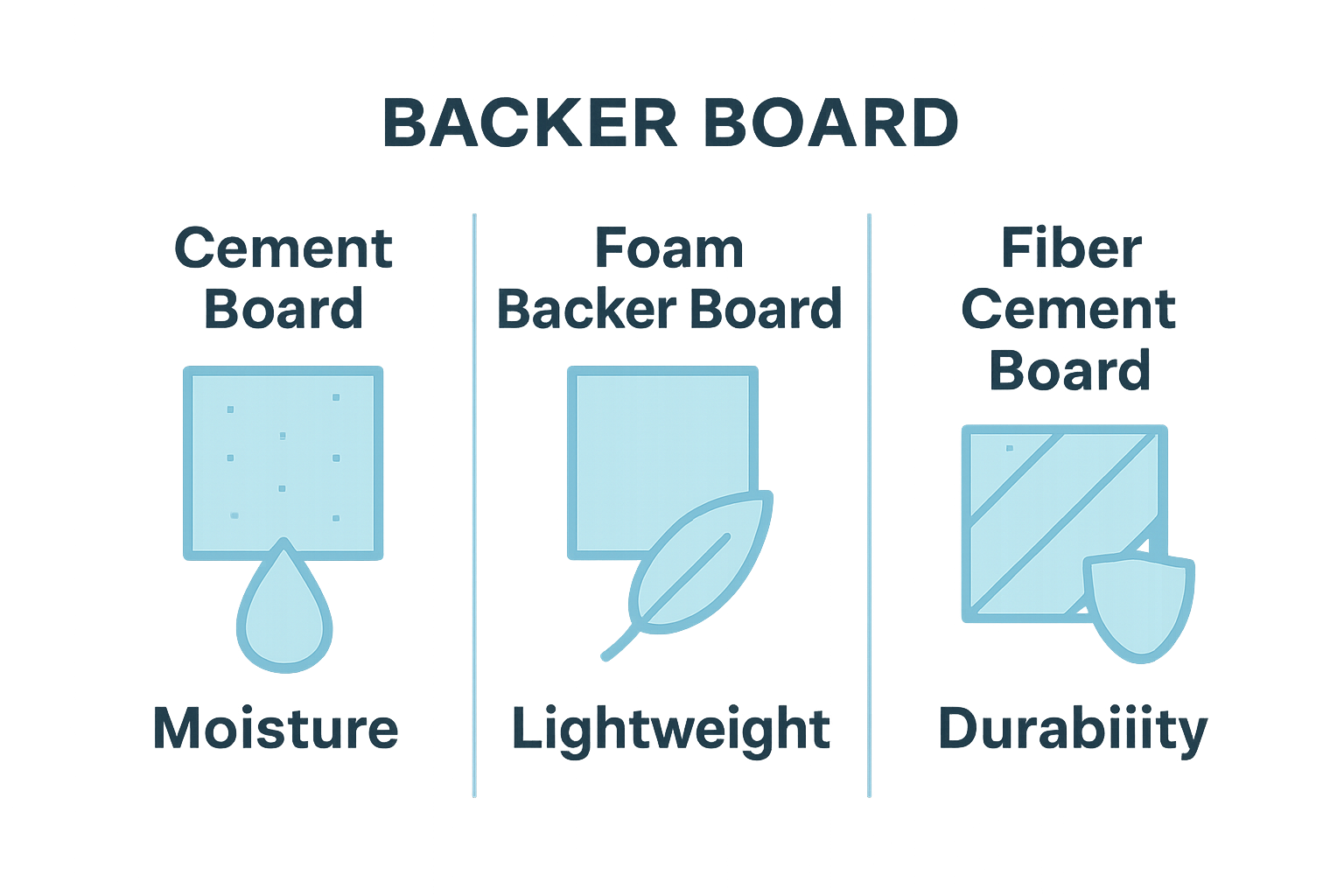 Professionals recommend selecting the appropriate board based on specific project requirements, moisture levels, and expected tile weight.
Professionals recommend selecting the appropriate board based on specific project requirements, moisture levels, and expected tile weight.
The selection of the right backer board is crucial for ensuring long-term tile installation success. By understanding the composition and characteristics of different backer board types, you can make informed decisions that will contribute to a durable, professional-quality tile project.
The Importance of Backer Board in Tile Installation
Backer board plays a critical role in ensuring the longevity, stability, and performance of tile installations across various residential and commercial settings. Explore the nuances of tile installation costs to understand how proper substrate preparation impacts overall project expenses.
Moisture Protection and Structural Integrity
The primary function of backer board is to create a robust, moisture-resistant foundation that protects underlying surfaces from water damage. Traditional materials like drywall absorb moisture, leading to potential structural degradation, mold growth, and tile failure. Backer board acts as a protective barrier, preventing water penetration and maintaining the structural integrity of walls and floors in high-moisture environments such as bathrooms, kitchens, and laundry rooms.
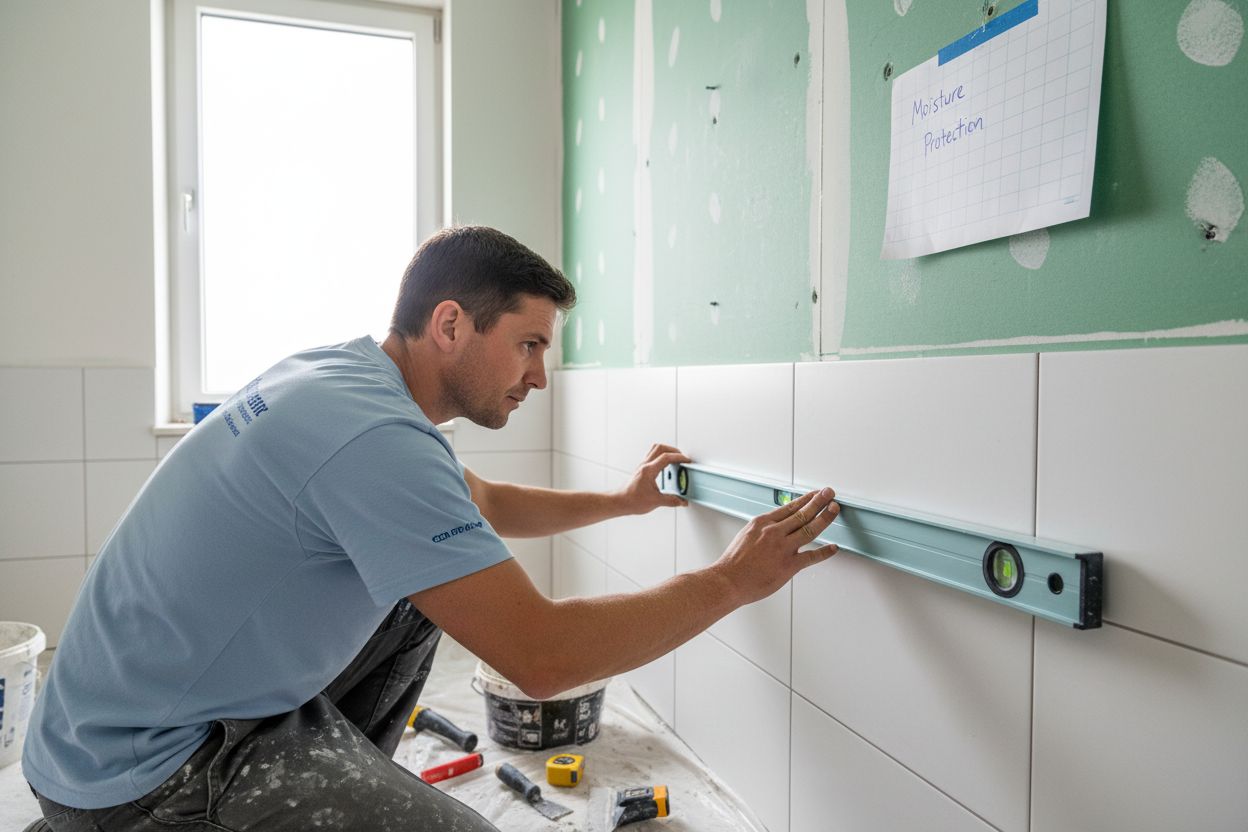
Performance and Durability Considerations
Backer board significantly enhances tile installation performance through several key attributes:
-
Dimensional Stability: Prevents warping, shifting, or cracking under tile weight and environmental stress
-
Surface Uniformity: Provides a smooth, level surface that ensures proper tile adhesion and alignment
-
Thermal and Acoustic Insulation: Contributes to improved room comfort and sound dampening
Professional contractors recognize that the quality of the substrate directly influences the overall success of a tile installation. A well-prepared surface using appropriate backer board can extend the lifespan of tiled surfaces by several years, reducing long-term maintenance and replacement costs.
By investing in high-quality backer board and proper installation techniques, homeowners and professionals can create tile surfaces that are not just visually appealing, but also structurally sound and resistant to environmental challenges.
How Backer Board for Tile Enhances Durability and Longevity
Backer board serves as a critical component in extending the lifespan and performance of tile installations, offering far more than a simple mounting surface. Learn about alternative flooring options to appreciate the unique advantages of tile and backer board systems.
Resistance to Environmental Stressors
The exceptional durability of backer board stems from its ability to withstand multiple environmental challenges that typically compromise tile installations. Unlike standard substrates, backer board materials are engineered to resist moisture penetration, temperature fluctuations, and mechanical stress. This resistance prevents common issues like tile detachment, grout deterioration, and substrate degradation that can occur in high-traffic or moisture-prone areas.
Mechanisms of Long-Term Performance
Backer board enhances tile installation longevity through several critical mechanisms:
-
Moisture Barrier: Prevents water absorption and subsequent structural weakening
-
Load Distribution: Evenly spreads tile and human weight across the surface, reducing stress concentrations
-
Thermal Expansion Accommodation: Maintains structural integrity under temperature changes
Professional installers understand that the substrate is as crucial as the tile itself. A high-quality backer board can extend a tile installation’s lifespan by 10-15 years, significantly reducing long-term maintenance and replacement costs.
By selecting the appropriate backer board and implementing proper installation techniques, homeowners and contractors can create tile surfaces that remain aesthetically pleasing and structurally sound, even in challenging environmental conditions.
Key Considerations When Choosing Backer Board for Tile
Selecting the right backer board is a nuanced decision that directly impacts the success and longevity of tile installations. Understand the specific requirements for different tile applications to make an informed substrate selection.
Environmental and Location Factors
The selection of backer board depends critically on the specific installation environment. Different spaces present unique challenges that require targeted material choices. Bathroom and shower installations demand maximum moisture resistance, while kitchen backsplashes might prioritize heat and impact resistance. Exterior applications require backer boards with superior weather and temperature tolerance, ensuring the tile substrate remains stable under diverse climatic conditions.
Critical Selection Criteria
Professionals and DIY enthusiasts should evaluate backer board selections based on several key parameters:
-
Moisture Exposure Level: Determine the potential water contact and select boards with appropriate water-resistant properties
-
Structural Load Requirements: Consider the expected weight of tiles and potential human traffic
-
Installation Surface: Assess whether the application is for walls, floors, wet areas, or dry environments
Beyond these fundamental considerations, the material composition, thickness, and compatibility with specific tile types play crucial roles in determining the most suitable backer board.
Below is a summary table highlighting the critical considerations when selecting backer board for a tile project, supporting informed decision-making for optimal results.
| Consideration | Explanation |
|---|---|
| Moisture Exposure Level | Assess potential water contact and select boards with needed resistance |
| Structural Load Requirements | Evaluate expected tile weight and human traffic |
| Installation Surface | Determine if for walls, floors, wet, or dry areas |
| Material Composition | Consider the board material for performance and compatibility |
| Thickness & Compatibility | Ensure suitable thickness and match with specific tile types |
| Thoughtful selection involves balancing performance characteristics, installation complexity, and long-term durability expectations. |
Real-World Applications and Best Practices for Backer Board
Backer board transforms from a technical material to a critical component in various residential and commercial tile installations. Explore detailed ceramic tile cutting techniques to complement your understanding of proper installation practices.
Specialized Installation Environments
Backer board demonstrates remarkable versatility across diverse settings, each requiring unique installation strategies. Wet rooms like bathrooms and commercial shower facilities demand meticulous waterproofing techniques, while kitchen environments need heat-resistant substrates that can withstand temperature variations. Exterior applications such as outdoor kitchen backsplashes or poolside areas require backer boards with exceptional weather resistance and thermal stability.
Professional Installation Best Practices
Successful backer board implementation involves a series of critical considerations that professionals consistently prioritize:
-
Precise Measurement: Ensure accurate cutting and fitting to minimize gaps and potential moisture intrusion
-
Proper Seam Treatment: Use specialized waterproofing tapes and sealants to create seamless, moisture-resistant surfaces
-
Appropriate Fastener Selection: Utilize corrosion-resistant screws designed specifically for backer board installation
Professional contractors understand that the quality of substrate preparation directly influences the long-term performance of tile installations. Meticulous attention to detail during the backer board preparation stage can prevent future issues like tile displacement, moisture damage, and structural compromise.
By implementing these best practices, homeowners and professionals can create tile surfaces that not only look aesthetically pleasing but also demonstrate exceptional durability and resilience across various challenging environments.
Ready for a Flawless Tile Project? Discover Trusted Substrate Solutions
Are you concerned about moisture problems, cracked tiles, or uneven finishes that can arise from using the wrong backer board? Proper preparation of your tile substrate is not just a technical detail. It is the foundation of lasting beauty and durability in any renovation. With so many choices between cement board, foam panels, and fiber cement, navigating substrate selection for your space can feel overwhelming. At TileChoices.com, we understand your goals—secure, high-performance tile installations that stand the test of time.
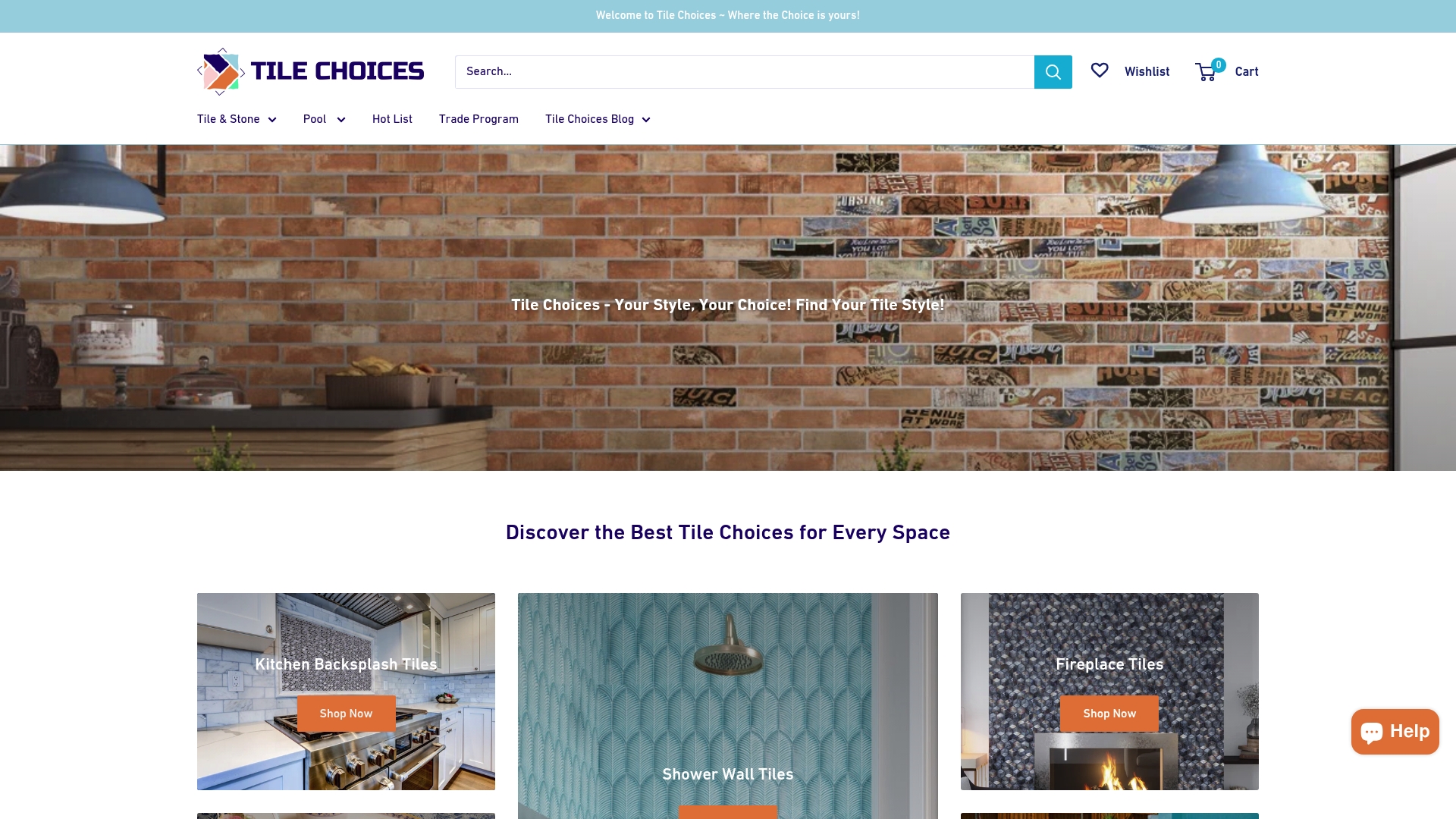
Transform your knowledge into results with solutions that match your needs. Browse TileChoices.com for our curated tile collections, product details, and guidance on selecting materials that support your backer board decisions. Enhance every surface with professional-quality tiles and an easy ordering process. Visit our home page now and start building with confidence.
Frequently Asked Questions
What is backer board for tile?
Backer board is a specialized substrate used in tile installations that provides stability, moisture resistance, and a smooth surface for placing tiles. It is designed to outperform standard materials like drywall and plywood in terms of durability and water resistance.
What are the main types of backer board available for tile installation?
The three primary types of backer board are cement board, foam backer board, and fiber cement board. Each type has unique characteristics suitable for different environments, such as wet areas, lightweight applications, and enhanced moisture resistance.
Why is backer board important in tile installation?
Backer board plays a crucial role in ensuring the longevity and performance of tile installations by preventing moisture issues, providing a stable surface, and enhancing overall durability. It helps maintain the structural integrity of walls and floors under tile weight and environmental stressors.
How does backer board enhance the durability of tile installations?
Backer board enhances durability by acting as a moisture barrier, distributing loads evenly, and accommodating thermal expansion. This resilience helps prevent common problems such as tile detachment and grout deterioration, especially in high-traffic or moisture-prone areas.

